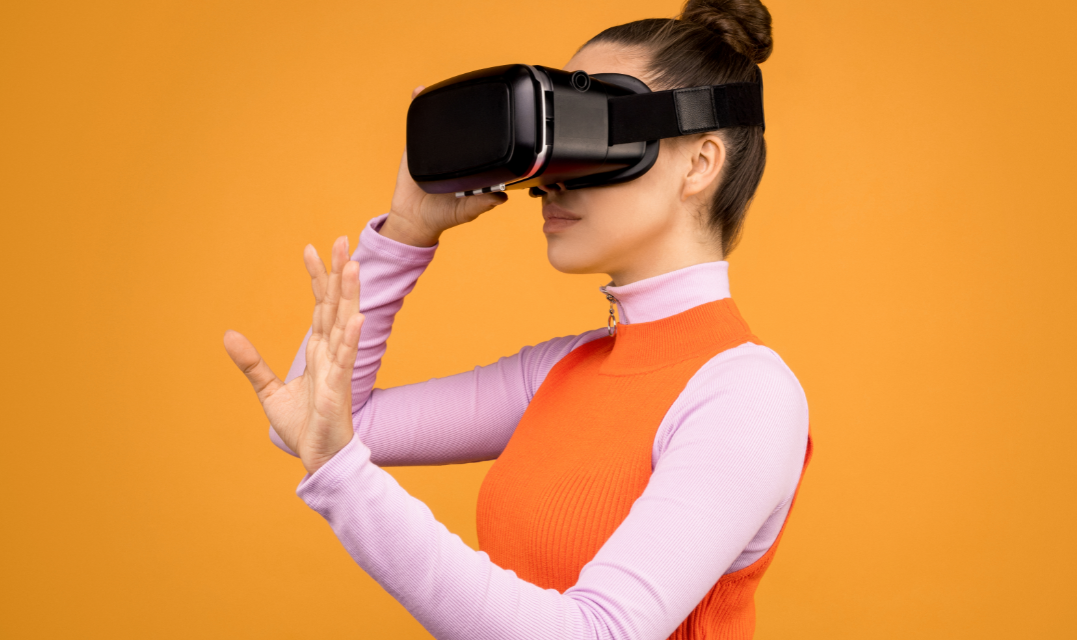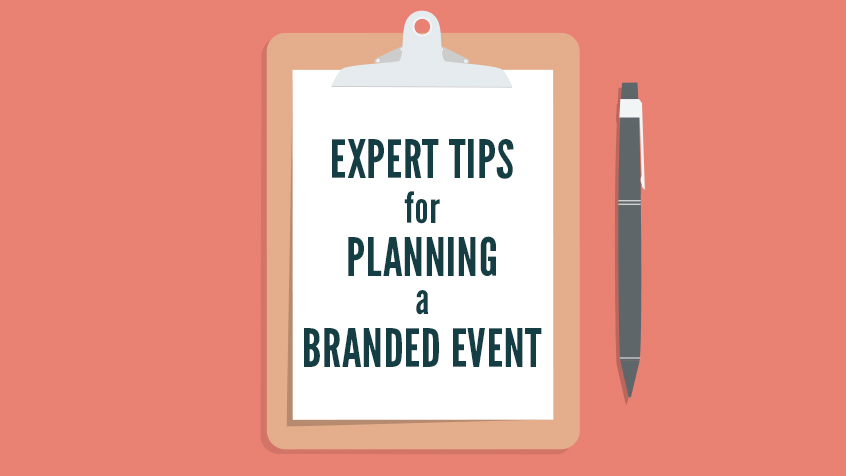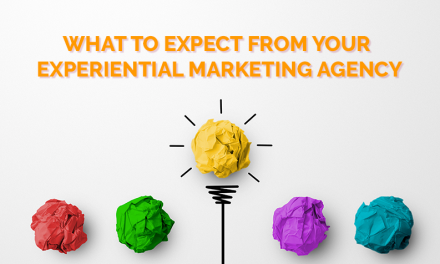Immersive marketing, another term for experiential marketing, has gained a lot of traction in the last few years as a way to reach audiences and convert customers successfully. By leveraging technologies like virtual reality (VR), augmented reality (AR), and 3D design, this type of marketing aims to create transformative experiences that deeply engage the senses, emotions, and imagination of consumers. In this blog post, we will delve into the concept of immersive marketing, its advantages and challenges, and how to get started with this form of brand communication.
What is Immersive Marketing?
Immersive marketing, at its core, revolves around creating new and inclusive environments that transport consumers into a brand’s narrative. Immersive marketing may include:
- Virtual and augmented reality
- Storytelling and brand narratives
- Social media and user-generated content
- Pop-up shops and installations
- Experiential events
Whether it is a digital VR experience or a physical activation, the goal is to go beyond traditional advertising and foster genuine connections between brands and their target audience. By immersing consumers in multisensory experiences, brands aim to evoke emotions, spark imagination, and leave a lasting impact.
Examples of Immersive Marketing
Immersive marketing manifests itself in various forms, both digital and physical. In the digital realm, VR and AR experiences allow consumers to explore virtual environments and interact with products in a realistic, 360-degree manner. These experiences can range from virtual tours of destinations to product demonstrations that transport users to different settings. On the physical front, brands create immersive spaces that engage multiple senses, incorporating elements like sound, temperature, and scent to create a holistic experience. For example, a tourism campaign might recreate the sights, sounds, and smells of a particular destination, transporting visitors to that location without leaving the room. The outdoor clothing brand, The North Face, for instance, used virtual reality to transport customers to Yosemite National Park with a VR headset that allowed them to embark on a virtual climb up a rock face. This allowed the brand to inspire and connect with its outdoorsy audience.
Advantages of Immersive Marketing
One of the primary advantages of immersive marketing is its ability to create memorable and impactful experiences. Immersive Marketing can help bring the following to a marketing campaign:
- Increased engagement and attention
- Memorable brand experiences
- Emotional connection and brand loyalty
- Differentiation and competitive advantage
- Enhanced customer understanding
- Viral and user-generated content
By engaging multiple senses, brands can forge deeper connections with consumers and leave a lasting impression. Immersive marketing also offers an opportunity for brands to differentiate themselves from the competition by making these experiences unique and unexpected. These encounters have the potential to drive customer loyalty, generate buzz, and increase brand recognition, allowing consumers to engage deeply with the brand.
Challenges of Immersive Marketing
While immersive marketing has its advantages, it does come with certain challenges. One significant obstacle is the cost associated with creating immersive content and building out the necessary environments. The production of immersive activations requires specialized expertise and technologies, which can be expensive.
Additionally, the time required for ideation, production, and execution may not always align with a brand’s specific key performance indicators (KPIs). Some clients may expect deliverables to be turned around in a matter of weeks. But if you want immersive marketing done right, it takes time to fine-tune all the elements and ensure the success of the campaign. Balancing cost, time, and desired outcomes when it comes to these types of marketing efforts can be a complex undertaking.
Getting Started with Immersive Marketing
To embark on an immersive marketing campaign, it is essential to adopt a 360-degree approach. Begin by conceptualizing the immersive experience or activation you envision. From there, collaborate with a trusted partner who specializes in immersive marketing to further ideate and evaluate the cost and time required for its creation. At EMC Outdoor, we offer a wealth of experience and a network of creative content providers, producers, and production partners to bring your immersive marketing vision to life. By working closely together, we can turn your concepts into immersive realities that resonate with your audience and align with your brand’s goals. Visit our website to learn more.





